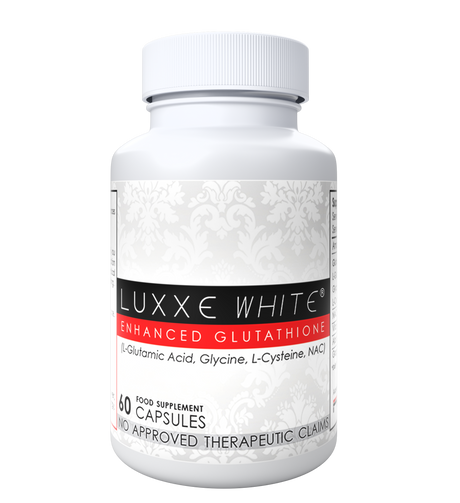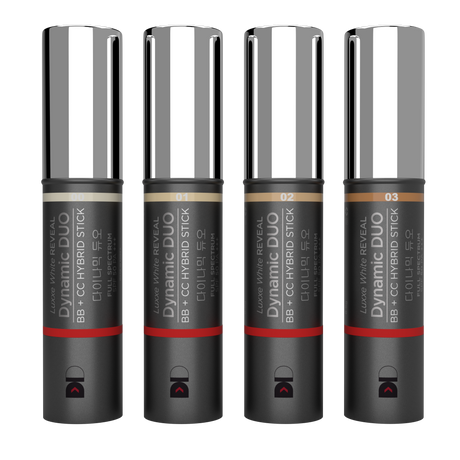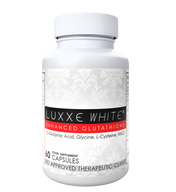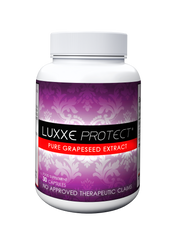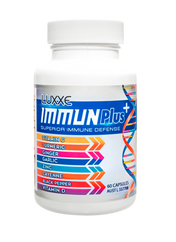Collagen is a protein that plays a crucial role in the structure and elasticity of our skin, bones, tendons, and ligaments. As we age, our collagen production naturally decreases, leading to visible signs of aging such as wrinkles and sagging skin. But how much collagen do we actually have at different stages of life?
Infancy and Childhood
At birth, babies have high levels of collagen, which contribute to their soft and smooth skin. As they grow, collagen production remains high, helping with growth and development.
Adolescence and Early Adulthood
During adolescence and early adulthood, collagen levels are at their peak. This is when skin is firm, smooth, and elastic, and injuries heal quickly due to the abundance of collagen in the body.
Adulthood
As we enter our 30s, collagen production starts to decline by about 1% per year. This gradual decrease leads to the first signs of aging, such as fine lines and wrinkles. By the age of 40, collagen levels have significantly decreased, resulting in more visible signs of aging.
Senior Years
By the time we reach our senior years, typically in our 60s and beyond, collagen levels have decreased even further. This can lead to more pronounced wrinkles, sagging skin, and joint pain due to decreased collagen in the bones and cartilage.
While aging is a natural process that affects collagen levels, there are ways to support collagen production through a healthy diet, adequate hydration, and skincare products that promote collagen synthesis. Consulting with a healthcare provider or dermatologist can also provide personalized recommendations for maintaining healthy collagen levels as you age.












